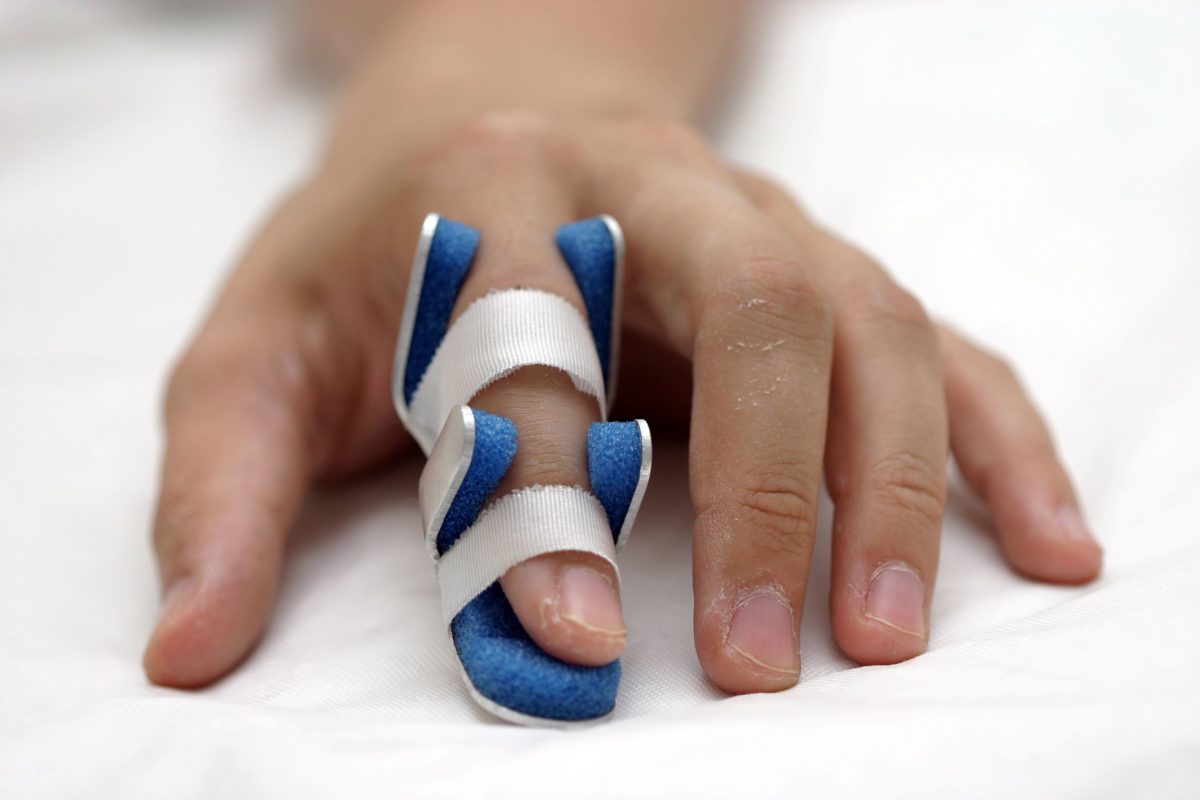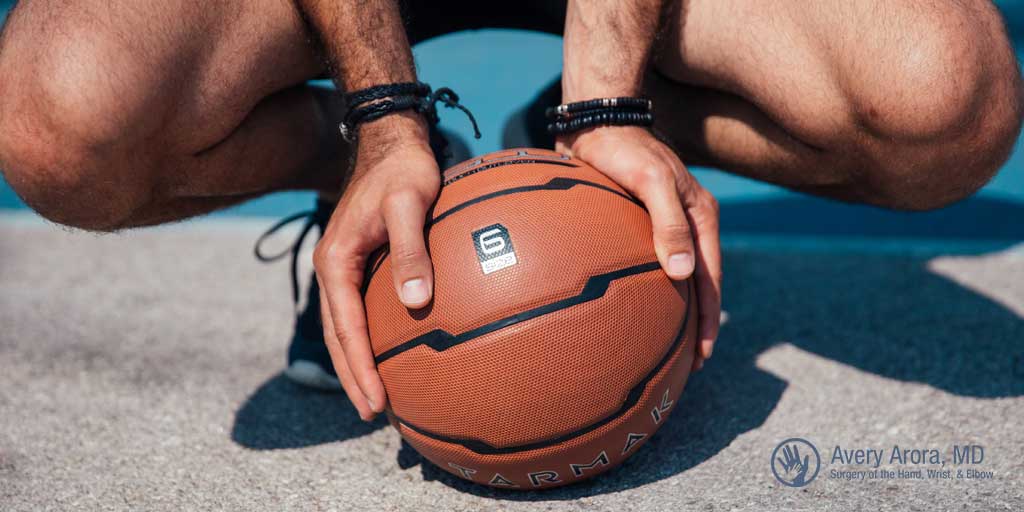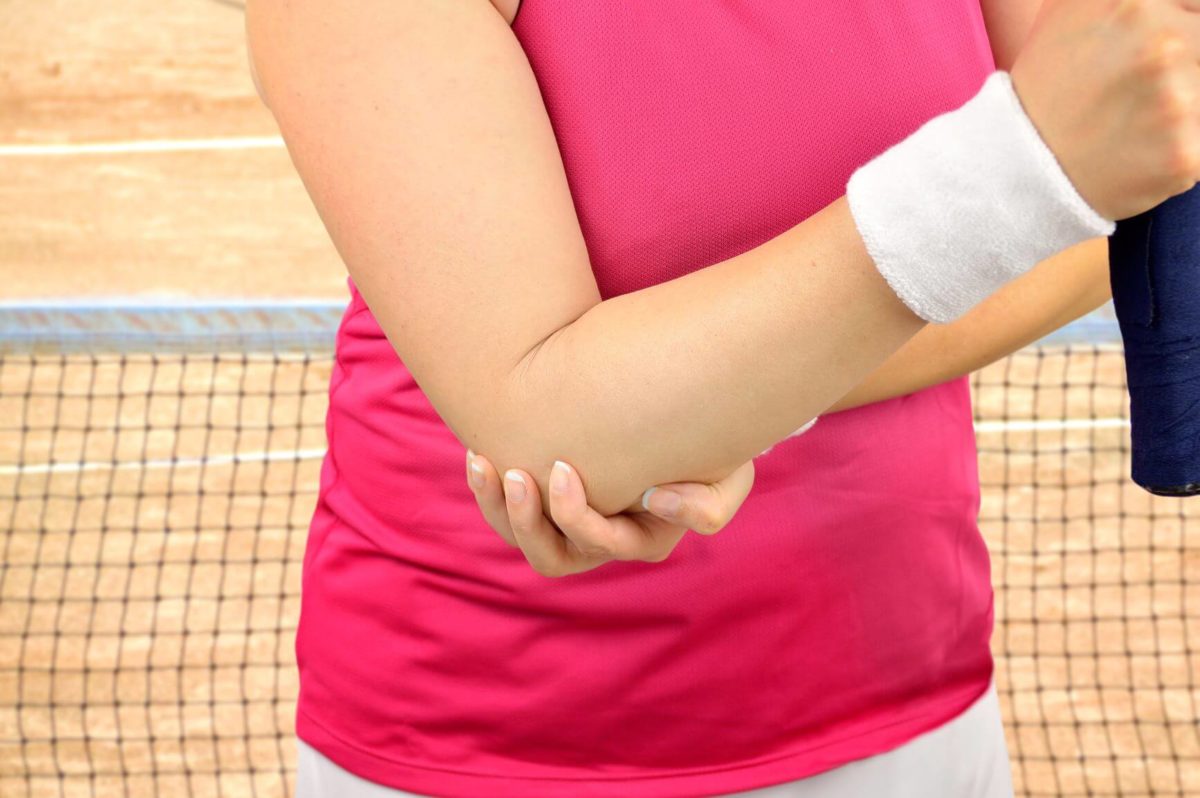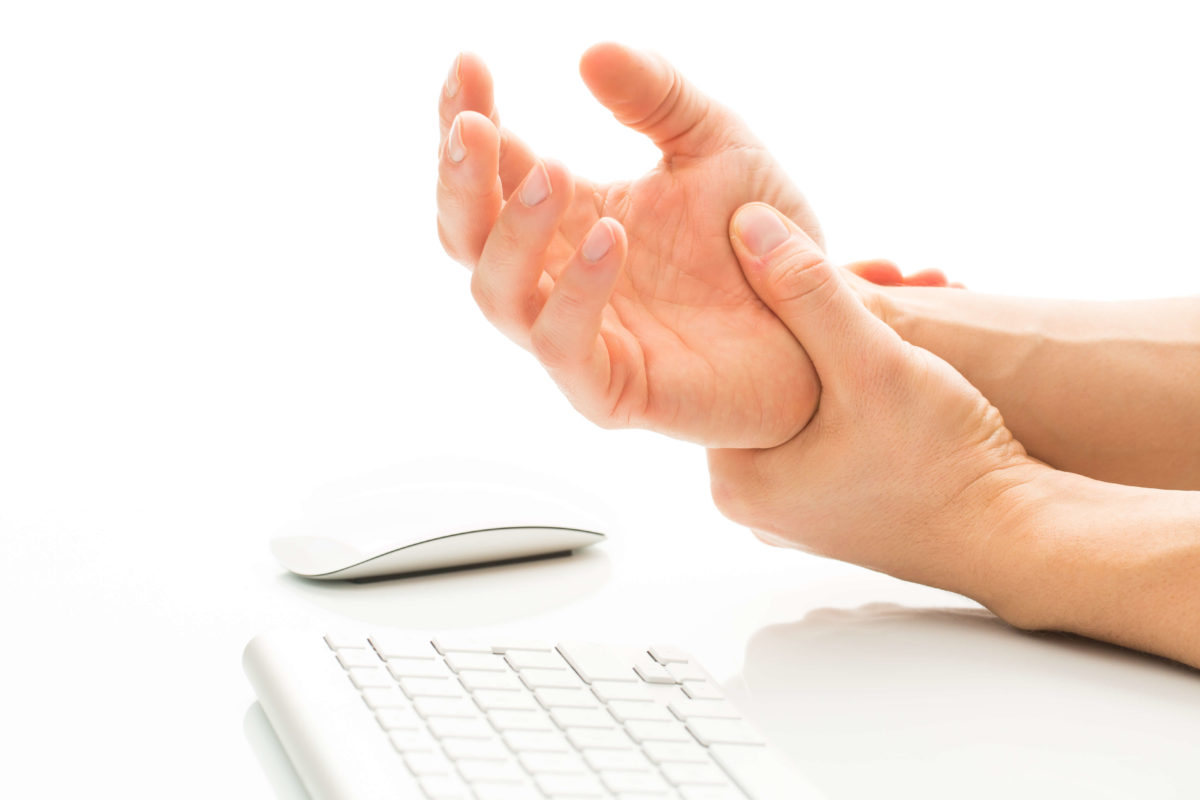Can carpal tunnel syndrome be cured?
It’s a question wrist doctors and scientists have been trying to answer for decades. The simple answer is “yes and no.” …
OK, so that’s not so simple. Allow us to explain.
Carpal tunnel syndrome can be alleviated for a certain amount of time, but it might flare up days, weeks, or months later. In other words, many types of carpal tunnel syndrome treatments are very effective, but they may be temporary.
A more permanent solution to cure the symptoms of carpal tunnel syndrome is surgery, but this option is typically reserved for situations where self-help or medication do not alleviate the symptoms.
On the other hand, you may experience carpal tunnel syndrome pain only once in your life and never again depending on your lifestyle.
Self-Care for Carpal Tunnel Syndrome
Even though there might not be a true cure for carpal tunnel syndrome, the good news is that you have many options for self-care. Dr. Arora will go over these treatments with you, but here is an overview of some of the most common remedies.
Wearing wrist braces while you sleep
It’s hard to figure out how to rest your wrists while you sleep. Sometimes you lean your head on them. Other times they’re under a pillow. Every now and then they’re over your head or under another part of your body. All of these positions could lead to pain or numbness in the wrists.
Wearing wrist braces at night can help protect your wrists and keep them straight, thereby alleviating the symptoms.
Investing in ergonomic equipment and furniture
If your job requires extensive use of your wrists, you or your employer may wish to obtain ergonomically designed chairs, keyboards, and other equipment. For jobs that require the use of manual or power tools, consider wearing wrist support if possible.
Watching your posture
Your mama told you not to slouch as you were walking. Now, your wrist doctor is telling you not to slouch as you’re sitting.
If you use a computer throughout the day, you may be tempted to roll your shoulders forward, but don’t do that. Your body wasn’t made that way, so unnaturally slouching will only make wrist pain come on faster.
Sit up straight with your shoulders back and comfortably aligned as often as possible.
Taking frequent breaks
We’re not trying to get you fired here. When we say “frequent breaks,” we simply mean taking 20 seconds to stop what you’re doing and then stretch your hand and shoulder muscles before getting back to work.
Carpal tunnel syndrome is caused by tension in your wrists, so loosening up that area every now and then should help.
Medication & Surgical Options
When combined with self-care, anti-inflammatory medications can be effective in relieving the symptoms. Some patients may find relief with steroid injections as well, so ask Dr. Arora about that option.
For those with lingering symptoms, wrist surgery may provide a more long-term cure for carpal tunnel syndrome. The surgery entails cutting the ligament that forms of the top of the tunnel on the palm side of the hand. The goal is to enlarge the carpal tunnel in order to decrease pressure on the median nerve.
For carpal tunnel syndrome treatment in Howell, Warren, West Bloomfield, or Macomb Township, make an appointment with Dr. Arora through our website or by calling (248) 220-7747. He will analyze your symptoms in order to determine the cause of your wrist pain and then work with you to create a treatment regimen that’s right for you.























